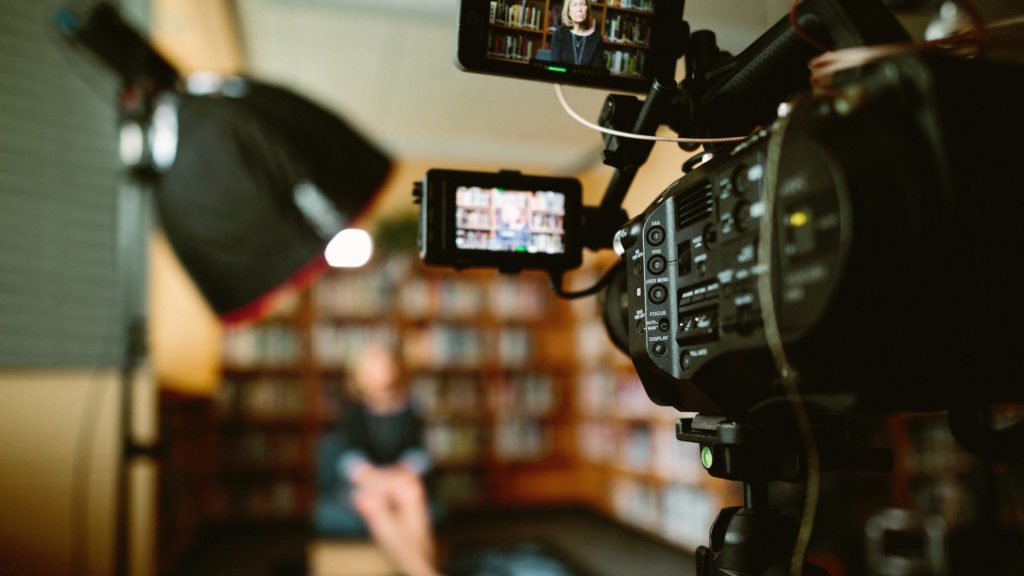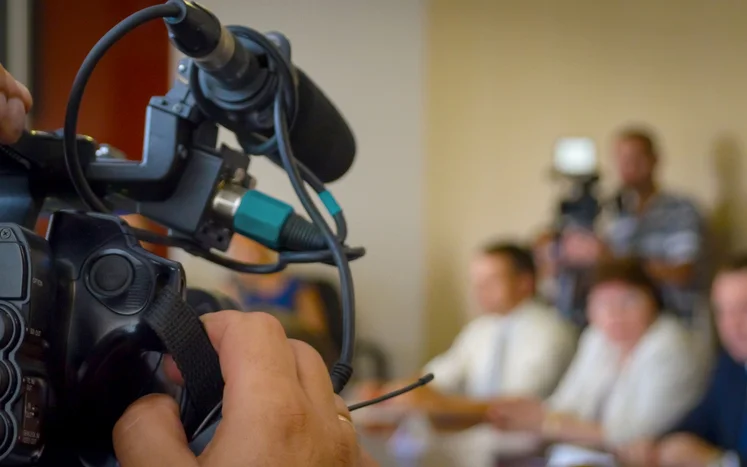Exploring the Devices of Legal Videography: Introduction Its Operation in Shielding Genuine Visual Testament for Judicial Proceedings
In the world of judicial proceedings, the role of legal videography stands as a keystone in preserving and providing aesthetic proof. As innovation proceeds to development, the mechanisms behind legal videography have become progressively complex, offering a vital layer of credibility to statements caught on video clip.
Historic Evolution of Lawful Videography
Examining the historical development of lawful videography discloses a significant improvement in the catching and presentation of visual proof within the legal landscape. In the past, lawful process greatly depended on written transcripts and pictures to document occasions and offer proof. However, with the advent of video modern technology, the legal market witnessed a paradigm change in just how visual testimony was recorded and provided.
The advancement of lawful videography can be mapped back to the late 20th century when innovations in video recording devices made it much more accessible for usage in courts. This technical innovation not only boosted the accuracy and reliability of visual proof yet additionally revolutionized the means instances existed to courts and courts (Legal Videography). Lawyers began to identify the convincing power of video recordings in sharing emotions, subtleties, and non-verbal signs that written records or pictures alone might not record effectively

Modern Technology Innovations in Video Clip Documents
What essential technical developments have reinvented video clip documents in the lawful area? The lawful area has seen significant developments in video clip documentation technology that have actually enhanced the credibility and dependability of visual proof in judicial process. Among the essential improvements is high-def (HD) video recording capabilities, which offer crystal-clear photos and sharp information that are crucial for accurately recording testimonies, facial expressions, and other visual cues. Additionally, the combination of timestamping and metadata features in video documentation tools has actually allowed precise documents of when and where the video clip was tape-recorded, guaranteeing the honesty of the proof provided in court.
Furthermore, improvements in video clip file encryption and watermarking modern technologies have boosted the protection and tamper-proof nature of video clip proof, guarding it versus unapproved alterations or tampering. The arrival of cloud storage space services and remote accessibility capacities has streamlined the storage, retrieval, and sharing of video proof, helping with seamless collaboration amongst lawful experts and making certain efficient accessibility to vital visual testaments when needed. These technical improvements in video clip documentation have most certainly revolutionized the lawful field, enhancing the precision, reliability, and admissibility of visual proof in judicial process.
Role of Lawful Videographers in Court Room Settings
The evolution of video clip paperwork innovation in the lawful field has actually required an important duty for lawful videographers in court room setups, making certain the stability and reliability of aesthetic testaments offered throughout judicial process. Legal videographers play an essential duty in capturing and protecting exact Visit Your URL aesthetic evidence that can be crucial in lawsuit. Their obligation includes establishing up devices, tape-recording procedures, and creating top quality video clips that precisely reflect the occasions in the court.
In court setups, lawful videographers must stick to stringent standards and requirements to preserve the authenticity of the aesthetic record. They should possess a keen eye for detail and a comprehensive understanding of legal procedures to make certain that the footage they capture is a real representation of the events that took place. Additionally, lawful videographers commonly function very closely with lawful groups to make sure that the video evidence straightens with the instance's demands and can be successfully provided in court to support the lawful arguments being made. In general, the role of lawful videographers in court settings is crucial in maintaining the concepts of justice and making sure the openness of legal proceedings.

Ensuring Admissibility and Integrity of Video Evidence
To maintain the credibility of aesthetic evidence provided in legal procedures, guaranteeing the admissibility and integrity of video clip evidence is an important responsibility for legal videographers. Admissibility describes the acceptance of evidence by the court, and for video evidence to be admissible, it needs to fulfill specific requirements. Lawful videographers play a critical role in making sure that the videos they capture abide by the regulations of proof, such as importance, reliability, and authenticity.
Stability of video evidence involves preserving the originality and precision of the video from the moment it is recorded until it is provided in court. This includes securely storing the video clip files, recording the chain of custodianship, and avoiding any kind of meddling or alterations. Lawful videographers must comply with rigorous protocols to assure the integrity of the video clip evidence and avoid any kind of obstacles to its authenticity.
Future Trends in Legal Videography
Offered the increasing reliance on technology in legal procedures, legal videographers are poised to welcome innovative improvements shaping the future of visual testimony capture and discussion. One of the popular trends imminent is the integration of virtual fact (VR) and boosted fact (AR) modern technologies right into lawful videography. These innovations have the potential to reinvent exactly how visual evidence is offered in courts, Learn More allowing discretionary to immerse themselves in the scene of the crime or case.
Furthermore, the use of fabricated intelligence (AI) algorithms for video analysis is anticipated to improve the procedure of assessing and examining large amounts of video footage. AI can help in recognizing crucial moments, anomalies, and patterns within videos, improving the efficiency of lawful examinations.

Conclusion
To conclude, lawful videography has actually played an important function in providing authentic aesthetic proof for judicial proceedings. Through technical improvements and the proficiency of lawful videographers, the stability and admissibility of video proof are ensured in court room settings. As lawful videography remains to advance, it will be essential to copyright standards that maintain the precision and integrity of visual testament for the future of lawful process.
Examining the historic progression of legal videography reveals a significant change in the capturing and discussion of visual proof within the legal landscape.The development of video documents innovation in the legal area has actually required a vital function for lawful videographers in courtroom setups, guaranteeing the integrity and reliability of visual testaments offered during judicial procedures. Additionally, lawful videographers typically function very closely with legal groups to ensure that the video clip evidence aligns with the situation's needs and can be properly offered in court to sustain the lawful disagreements being made.To keep the reliability of visual proof offered in lawful procedures, guaranteeing the admissibility and honesty my site of video evidence is a vital duty for legal videographers. As legal videography proceeds to progress, it will be vital to support criteria that preserve the precision and reliability of visual statement for the future of lawful proceedings.